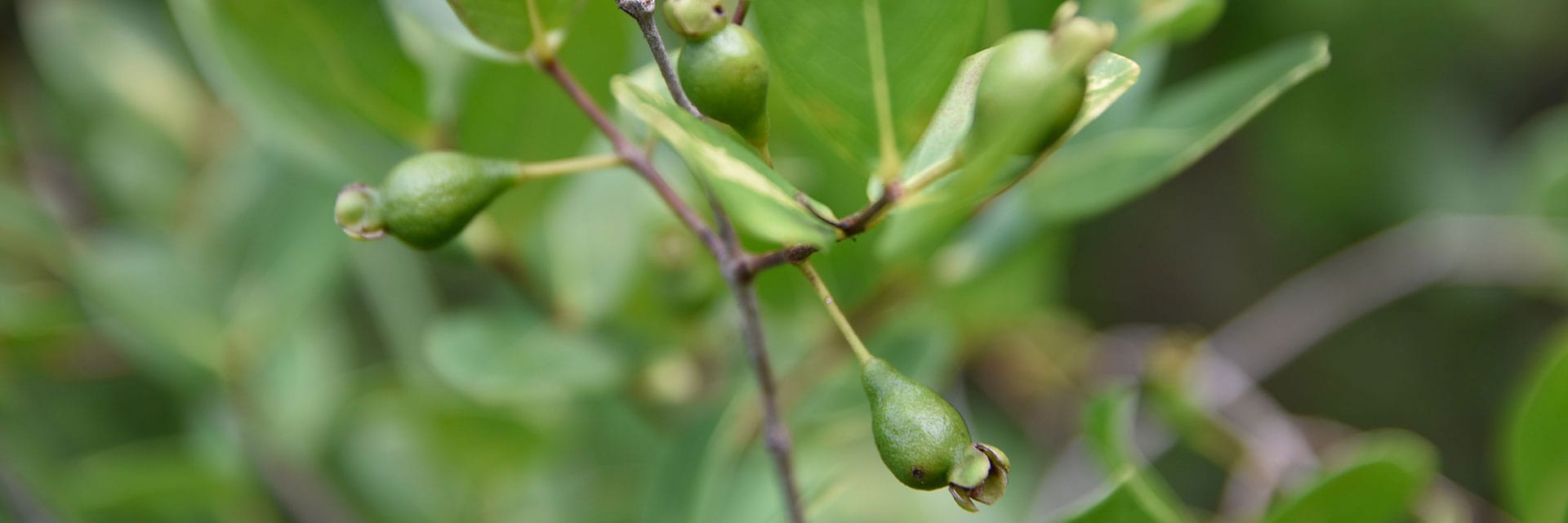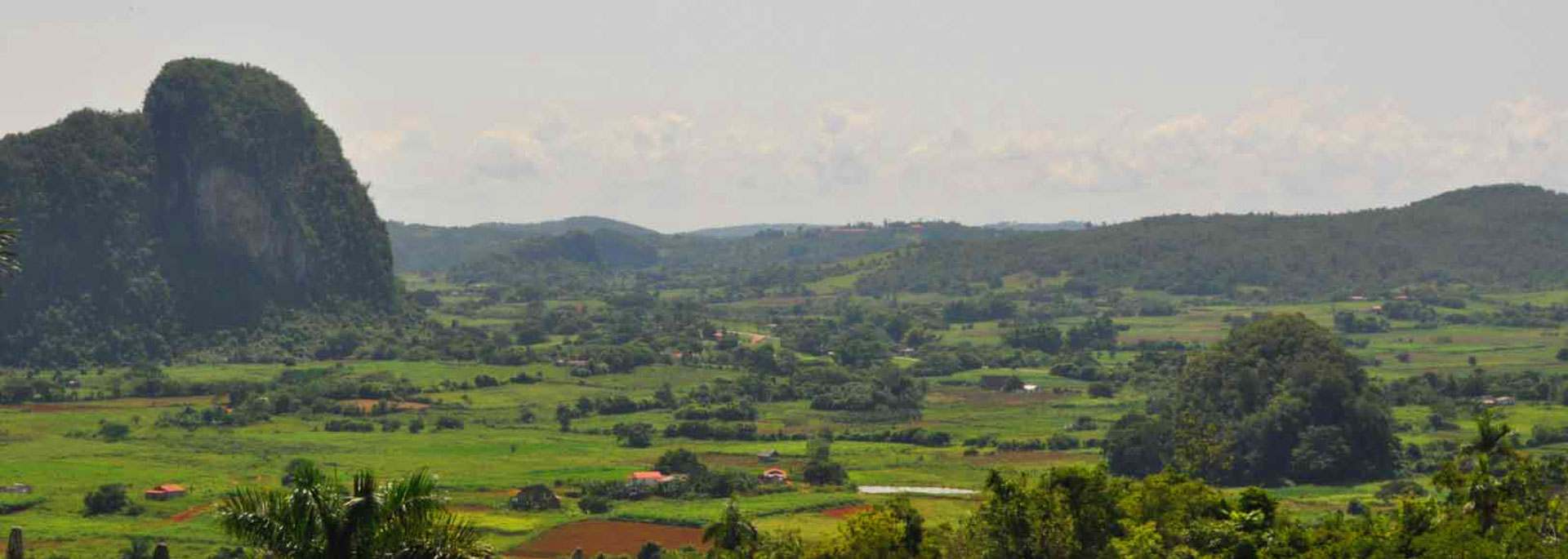Pinar del Río is the oldest region of Cuba. It emerged in the Lower Middle Jurassic, and is one of Cuba's environmental strengths. From north to south it has 18 types of landscapes, each one with its different plant species, rocks, soils...
Given the exceptional natural characteristics, in 1997 the management of CITMA, together with the government of the province, recognized 36 protected areas for their values in both flora and fauna, including: the Guanahacabibes Peninsula with its most important nuclei, El Veral and Cabo Corriente, and the Sierra del Rosario, with El Salón and Los Pelados. Both areas were classified as Biosphere Reserves by the United Nations Educational, Scientific and Cultural Organization (UNESCO).
If you would like to learn more about this and other related topics, as well as monuments and roads, you can consult the Dictionary of Geographical Names of Pinar del Río, which provides a variety of information and includes location, characteristics and other generalities.
It is a province located in the most Western portion of the island of Cuba between 21 ̊54', 23 ̊00' North latitude and 84 ̊57', 83 ̊00' West longitude. It is bordered to the North by the Gulf of Mexico; to the East by Havana; to the South by the Caribbean Sea and the Gulf of Batabanó and to the West by the Yucatan Channel.
This territory depended on the Cabildo Habanero until 1774, when the government of Nueva Filipina was founded, initially settled in Guane, whose jurisdiction extended from the river Los Palacios to Cabo de San Antonio, then moved to San Juan and Martínez and finally to Pinar del Río in 1778, the year in which the province was born by Royal Decree of 23 July, dictated by Felipe de Fondesviela, Marqués de la Torre and General Captlan of the island.
Pinar del Río includes 8 883,74 km2, distributed in 11 municipalities, corresponding 8 816,74 km2 to mainland and 67,0 km2 to keys, among which are the most important Cayo Levisa and Cayo Jutía. According to its extension, it occupies the fourth place among the provinces of the country. The total length of its coasts is 880 km, 525 km to the North and 355 km to the South.
The main orographic set is the Cordillera de Guaniguanico, which longitudinally divides the territory into two different mountain formations.
In the Sierra del Rosario in the Western zone, is located Loma de Seboruco, which with its 671 meters is the maximum height of Pinar del Río. In the Sierra de los Órganos is located the beautiful and world famous Viñales Valley, where are the mogotes with vertical walls and whimsical shapes. Calcareous soils and karst morphology predominate, sheltering the largest cave system in the Antilles.
Around the Guaniguanico massive mountain there are very extensive plains, especially in the Southern part, it is in this coast where the longest and most plentiful rivers flow, the province has valuable hydrographic resources, it has 11 percent of the country's river basins.
Among the most important rivers are Cuyaguateje (112.0 km.), Rio Hondo (113.2 km.) and San Diego (97.0 km). The main dams are: La Juventud and El Punto.
According to the population figures in 2014, there are 589,664 inhabitants in Pinar del Rio, which represents 5.2 percent of the national population, with a density of 66.4 inhabitants per square kilometer.
















- You should not use obscene or offensive words.
- Comments should be related to the topic.
- Comments that violate previous policies will not be posted.